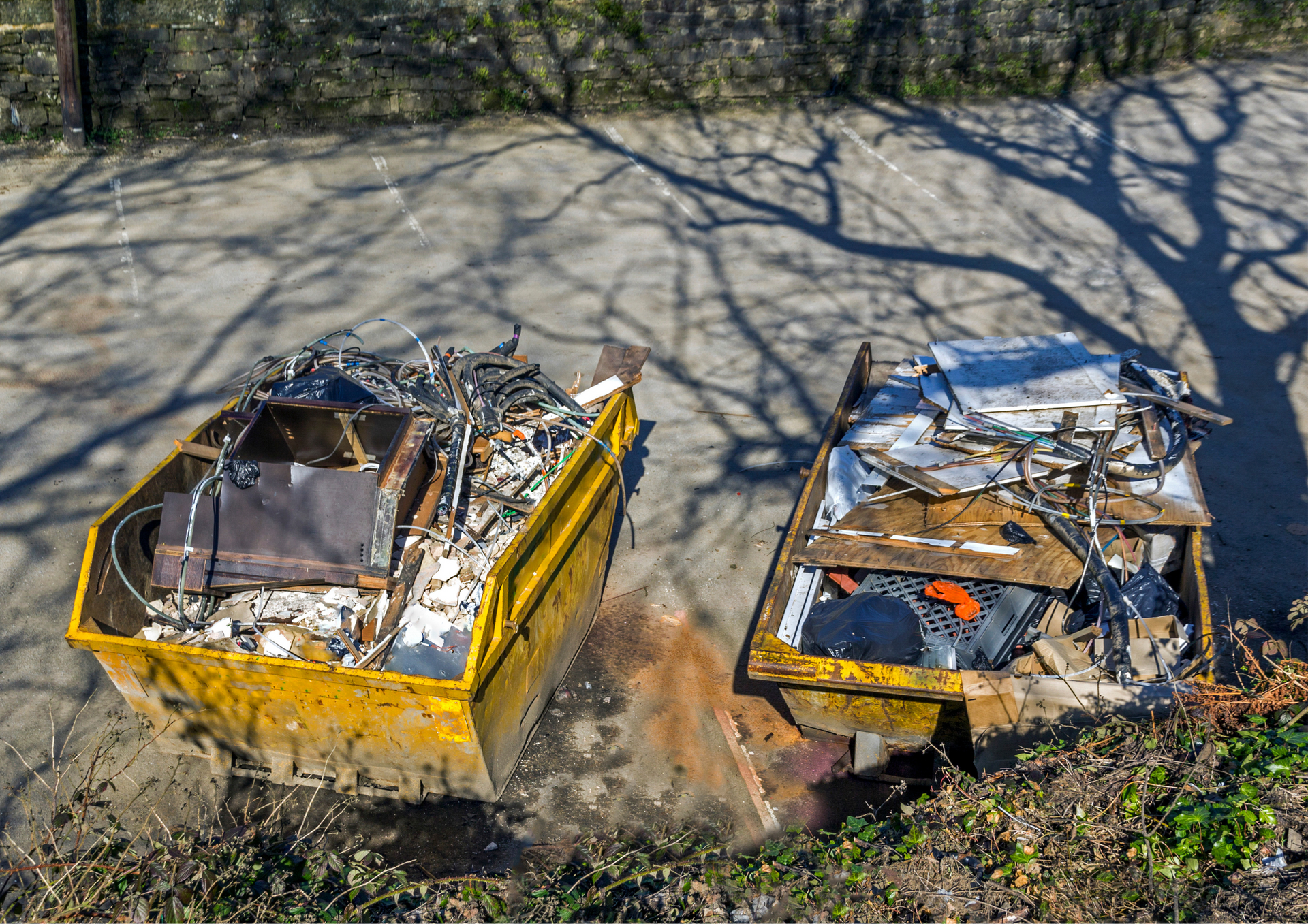Avoid Overfilling Fines: Smart Tips for Hiring the Right Skip
In this guide, we show how to avoid overfilling penalties with the right skip size, smart loading, and local compliance.
Understand What Constitutes Overfilling
Many people overfill their skip without realizing they’re breaching regulations. Every skip hire comes with a clearly marked fill line—usually a red line or the top edge of the container. Filling beyond this line is considered overfilling, and waste management companies are legally allowed to refuse collection if your skip is overloaded.
Common overfilling mistakes include:
- Adding waste above the rim.
- Throwing in bulky items without breaking them down.
- Ignoring the type and weight of materials being loaded.
Choose the Right Skip Size from the Start
For example, if you’re tackling a small garden clearance or bathroom renovation, a mini skip hire might be suitable. These skips are compact and budget-friendly, perfect for jobs with limited waste. However, for larger projects like full home renovations or construction sites, you’ll need something bigger to avoid overflowing.
Load Waste Efficiently and Responsibly
It's also useful to separate waste types before loading. This makes the process more organized and allows you to utilize space more effectively. A service like skip bin hire can make waste segregation easier if your project involves multiple waste streams, such as metal, garden waste, and general rubbish.
- Flatten boxes and dismantle bulky furniture.
- Avoid throwing items randomly into the skip.
- Distribute weight evenly to avoid tipping.
Stay Aware of Local Regulations and Weight Limits
Checking regulations with a provider that offers skip hire near me is a smart move, especially if you’re working in a new or unfamiliar area. Local providers tend to be up-to-date with council requirements and can help you avoid breaching any rules.
Keep an Eye on Weight, Not Just Volume
- Mix lighter materials with heavy ones when possible.
- Don’t load skips with purely dense materials like bricks or gravel.
- Use a smaller skip for heavier waste and a larger one for lighter waste if your project allows.
Understanding these details upfront can make your skip hire more efficient and affordable.
Know What You Can and Can't Put in the Skip
Another way to stay compliant and avoid extra charges is knowing which items are prohibited in skips. Most providers, including skip, do not accept the following:
Plan Ahead and Communicate With Your Provider
Proper planning is essential for a smooth skip hire experience. Before your project begins, estimate your waste volume, confirm the type of waste you’ll generate, and check your property for suitable skip placement.
If you’re comparing skip hire prices, remember that the cheapest option isn't always the best. A reliable company that offers flexible pick-up times, proper permits, and waste advice can save you more in the long run than a budget provider with hidden fees.
Skip Hire Oxfordis a trusted name in waste management, offering a wide range of skip sizes, clear pricing, and friendly advice. We cater to construction firms, homeowners, landscapers, and businesses across the UK. Our knowledgeable team helps you choose the right skip, ensures compliance with local regulations, and provides dependable collection services.
New post on X: Avoid fines with smart
skip hire
tips for the right size!




